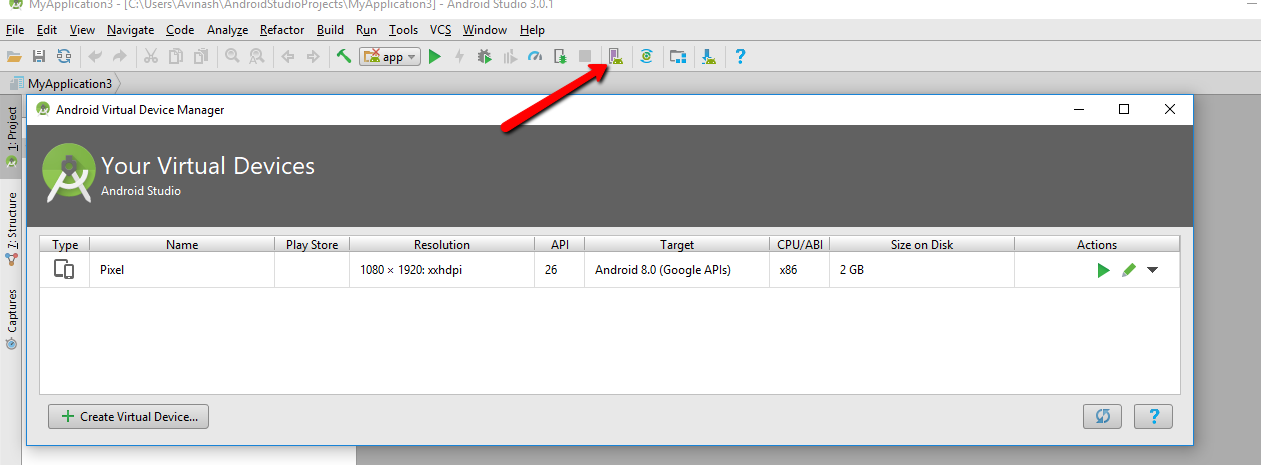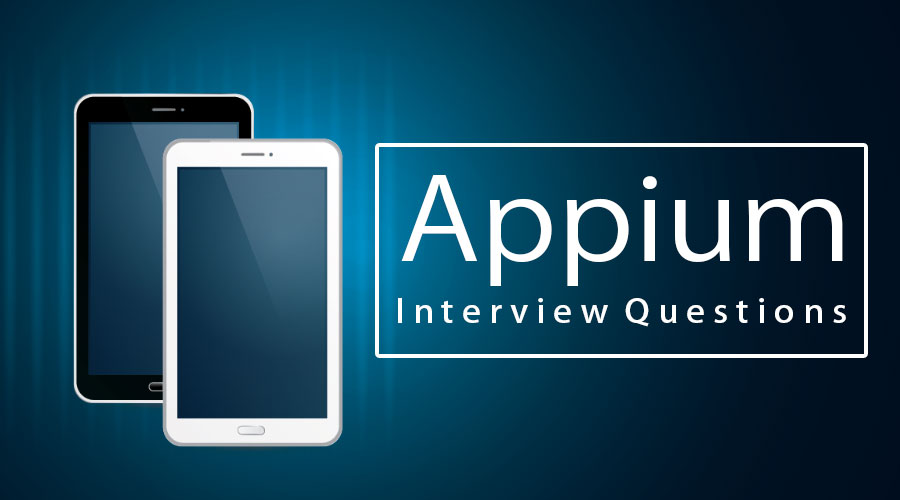

- #Appium tutorial 2018 for mac
- #Appium tutorial 2018 apk
- #Appium tutorial 2018 install
- #Appium tutorial 2018 android
apk file using the steps identified above using terminal prompt.
#Appium tutorial 2018 install
Then open the emulator we created before, and install this. apk file by clicking the link APKinfo App () Similar with real device testing, we need to install apk info application first into emulator following the steps above. adb install theApkFileYouWantToInstall.apk (Then use adb to install the app) Emulator Testing Then in the terminal prompt (the emulator needs to be opened):Ĭd /usr/local/Android/platform-tools (This code opens the platform-tools folder) If you want to use emulator to do the testing, you need to install the app into the emulator. It will produce you a screenshot when your real device is connected or your emulator is opened.

Just open it, then click the second button. Uiautomatorviewer can also assist you to find out the locators and locator values of elements in your real device or emulator. You can switch to AVD manager by Tools->Manage AVDs like this:įor uiautomatorviewer, open the last file in the tools folder:
#Appium tutorial 2018 android
Open the folder tools under the folder where your Android SDK tools saved in. This section is prepared for the reader who do not want to use the tools provided by VisualStudio for Mac, but want to open SDK Manager/AVD Manager/uiautomatorviewer. Then Click OK, and then run the emulator we just created. But for Windows, Intel Atom may not work, so ARM or Google APIs is recommended. Then open Google Emulator Manager (or AVD manager on Windows), click “Create” to create a emulator.įor Mac, it is better to use Intel Atom x86 as it runs faster. (I recommend that do not download every API level files unless your computer has enough storage. I am testing an application on Android 5.1 (API level is 22), so I have to download corresponding SDK platform and system image I need for my emulator. To open a emulator, firstly download API packages from SDK Manager. If you still want to use the SDK and AVD manager provided by Android SDK tools, please refer to the section of “Use SDK tools” )
#Appium tutorial 2018 for mac
Instead, VisualStudio for Mac provides users emulator tools which is just like SDK and AVD manager does. (Note that different from Windows, we do not need to open SDK and AVD manager to open an emulator. So please ignore the appPackage and appActivity capabilities.) Open and Install Application into Emulator Create and open an emulator (I am currently using Industr圜onnect app to run the test. Open Appium Server, enter capabilities, and start the session. Connect the device with Mac, and enable “USB debugging” so that we can run testing on it.Ĥ. Download “apk info” application into phone from Google Play or the internet, and use it to track the app related information.ģ. adb devices (“./” means run this code in the current folder, e.g. Check whether the device is connected and the name of the device: So we will need to download and install apk info application into our devices.įollow the steps below to run the real device testing:ġ. To run the test, we need to know the related information of a particular application, i.e. apk file unless we are running the test on an emulator and we need to install that into our emulator. Real Device Testingįor Android, as long as we know the app related information, we can use it to run the test. bash_profile like below:Īfter this, we can run Appium and start the server and sessions.įor any errors in running Appium, please read carefully the error message and find out what the problem is. JAVA_HOME and ANDROID_HOME:Īdd the path values into the.

Download Java JDK and Android SDK tools/Android StudioĢ. Apart from that, path variables need to be set. Please follow the instruction of Appium configuration for iOS part above. We need Node.js and Homebrew, and most importantly, Appium. So basically the environment setting up is pretty similar with iOS.


 0 kommentar(er)
0 kommentar(er)
